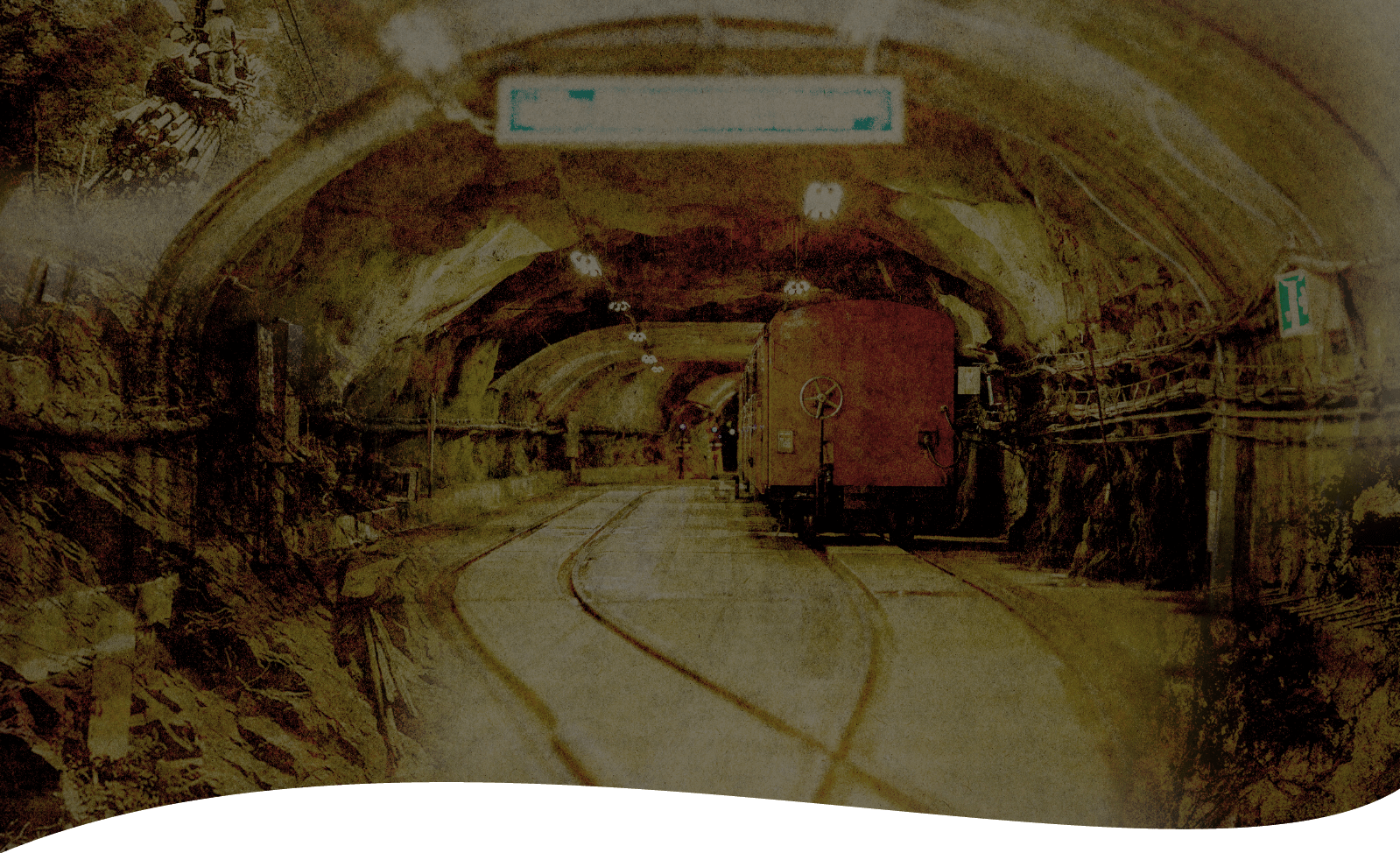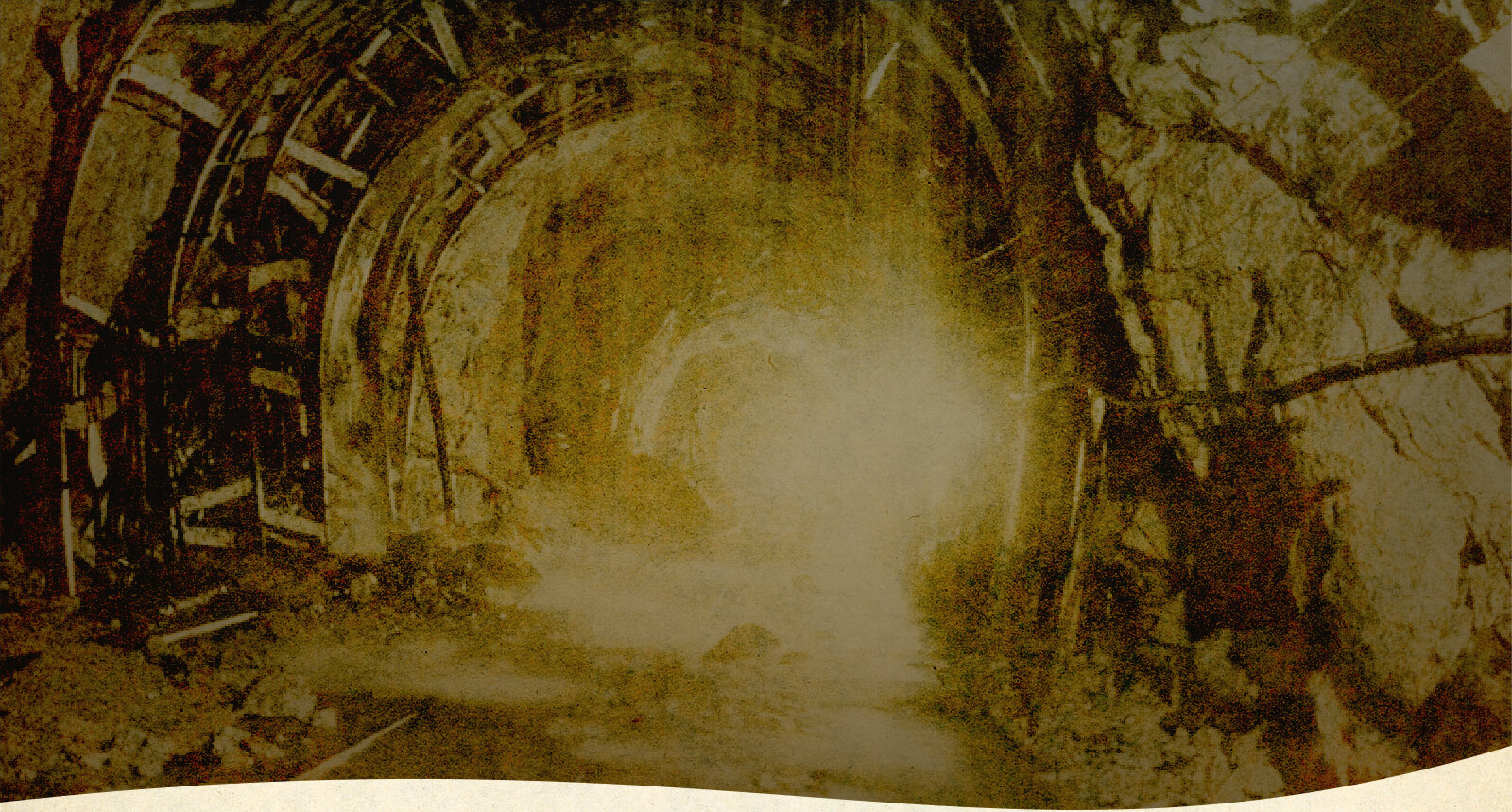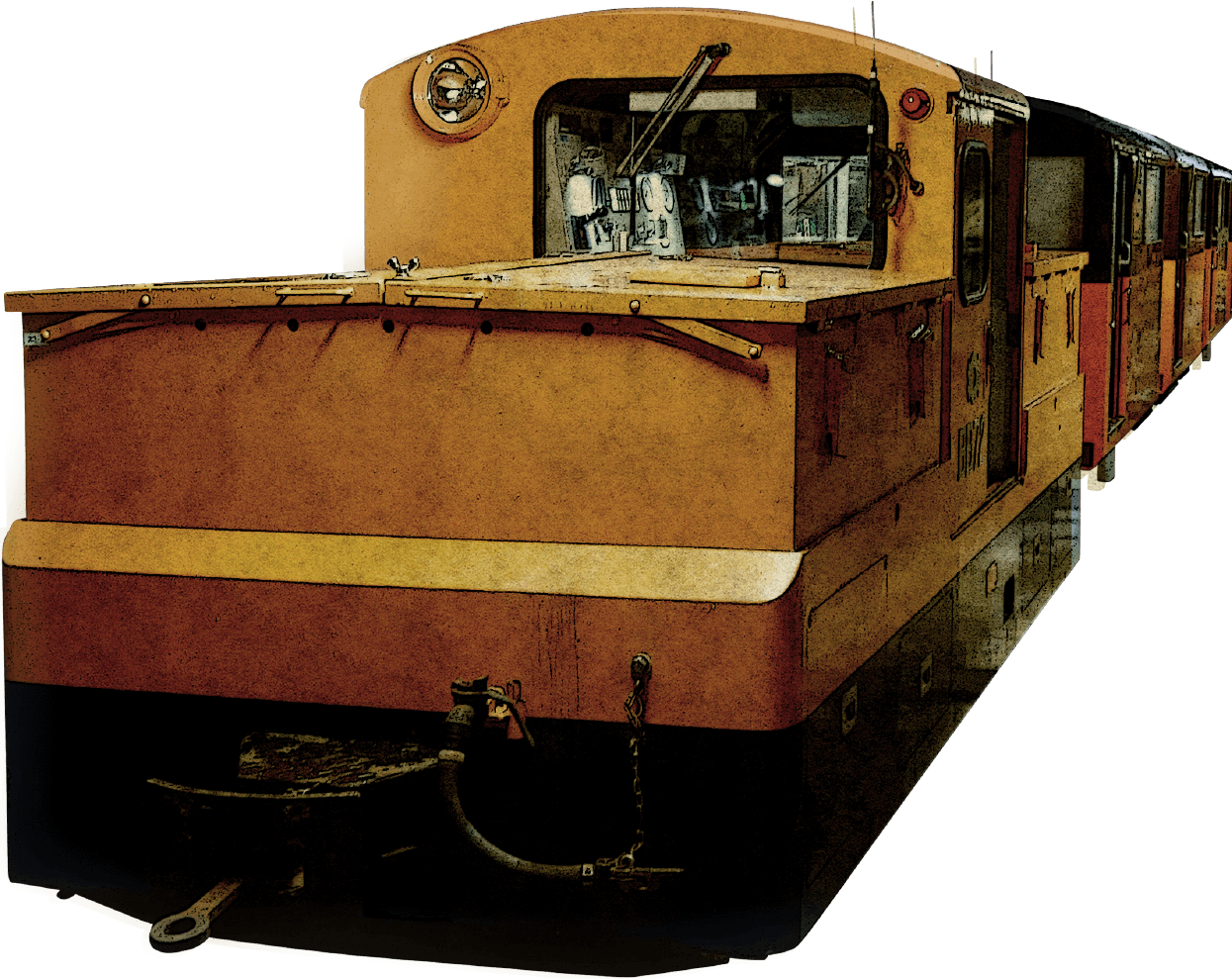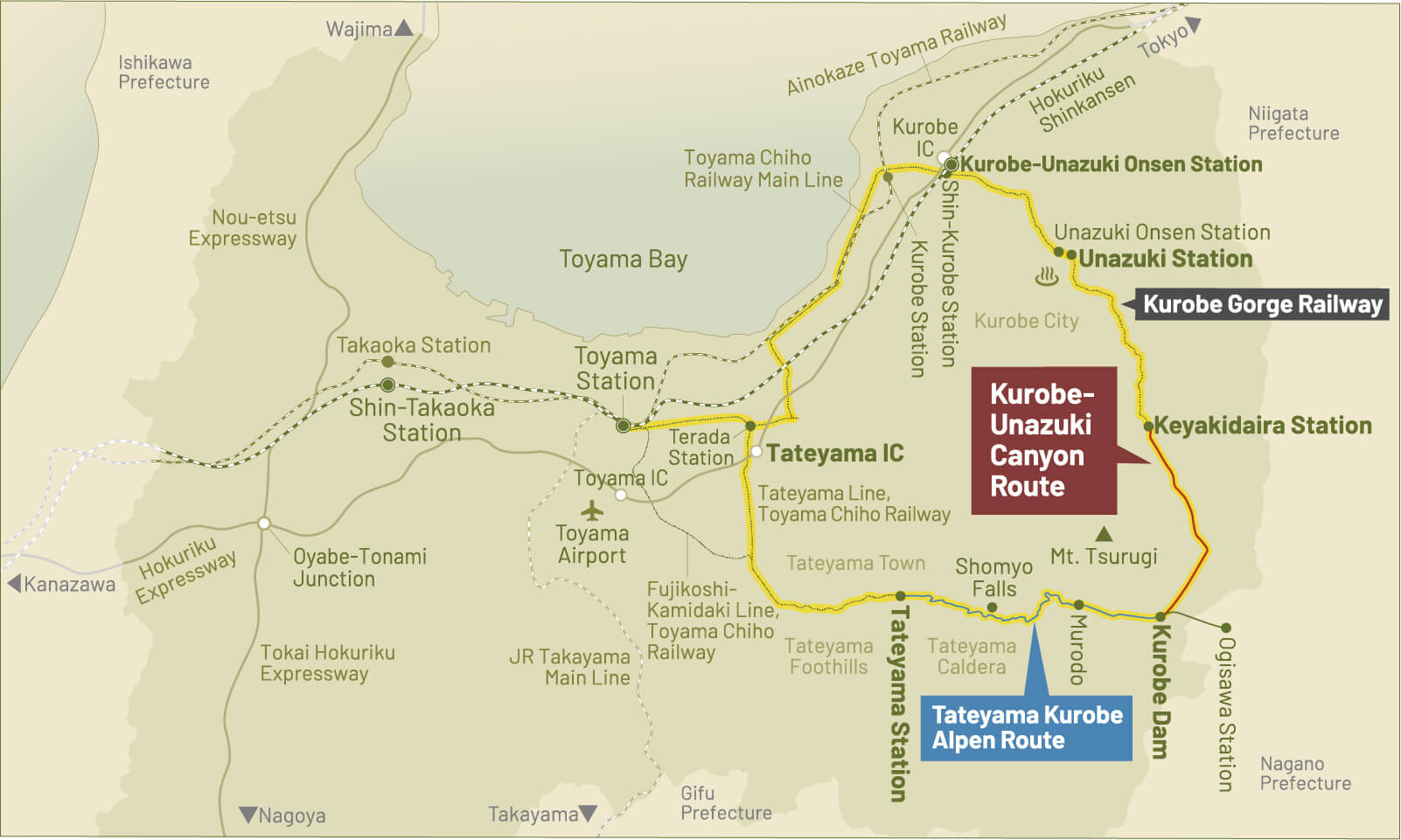The story of electric power development, and the history of Japanese construction
The Kurobe River system was something of an unexplored region of Japan, a place of roaring rivers and deep valleys that blocked the movement of people. In 1917, the first exploration into the possibility of developing electric power generation began. Over the following decades and after countless difficult challenges, one of the most ambitious feats in the history of construction in Japan was completed. A series of hydroelectric power generation station were built along the Kurobe River. The story of this route tells much about the people who gave everything for the development of not only electric power, but of Japan itself.







